Onions are a staple in kitchens around the world, adding a burst of flavor to countless dishes. But have you ever wondered how these pungent bulbs come to be? A common question that often arises is, “Do onions grow underground?”
In this article, we’ll take a deep dive into the world of onion cultivation to answer this question and explore the fascinating process of growing these versatile vegetables.
Post Contents
Do Onions Grow Underground?
Onions are fascinating vegetables that indeed grow underground, hiding their secrets beneath the soil’s surface. Belonging to the Allium family, which includes garlic and shallots, onions have a unique growth process. It all begins with a tiny onion seed or a small bulb, carefully planted in the soil.
As the onion starts to sprout, it sends down roots, anchoring itself firmly in the earth. Meanwhile, above the ground, the onion bulb develops layer upon layer of edible tissue, known as scales. These scales not only protect the onion but also store valuable nutrients that contribute to its distinctive flavor.
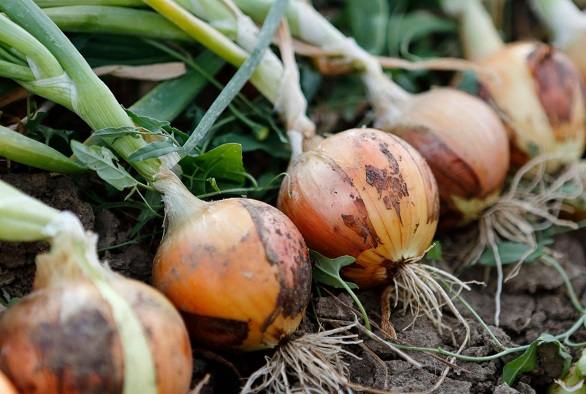
As time passes, the onion bulb expands and swells, gently pushing deeper into the ground. When the onion is fully matured, it is ready to be harvested, revealing its pungent aroma and versatile culinary potential.
Whether sautéed, caramelized, or used raw, the humble onion’s unique growth journey adds depth and flavor to a multitude of dishes, making it an indispensable ingredient in kitchens worldwide.
Interesting Facts About Onions:
Discover fascinating facts about onions, a versatile vegetable with a rich history and global significance, through the following table showcasing intriguing information about this culinary staple.
| Fact | Description |
|---|---|
| Ancient Crop | Onions have been cultivated for over 5,000 years, dating back to 3500 BCE. |
| Worldwide Production | Onions are one of the most widely cultivated vegetables, with over 180 countries producing them. |
| Tear-Inducing Compounds | Onions contain enzymes that, when cut, release a gas that irritates the eyes, causing tears. |
| Cultural Symbolism | Onions have cultural significance in various societies, representing strength, unity, and even tears. |
| Varied Colors and Sizes | Onions come in different colors and sizes, including white, yellow, red, and even purple varieties. |
| Nutritional Benefits | Onions are low in calories but rich in vitamins, minerals, and antioxidants, providing numerous health benefits. |
| Onion Rings Invention | The popular deep-fried snack, onion rings, is believed to have originated in the United States in the early 20th century. |
| Onion Festival | The town of Bern, Switzerland, hosts an annual Onion Market, where thousands of tons of onions are sold and celebrated. |
| Long Shelf Life | When stored properly, onions can have a long shelf life, often lasting several months without spoiling. |
| Versatile Culinary Ingredient | Onions are used in a wide range of cuisines worldwide, adding flavor and aroma to various dishes. |
The Diversity of Onion Varieties
Onions come in a variety of shapes, sizes, and colors, each offering unique flavors and culinary uses. Let’s explore some popular onion varieties:
1. Yellow Onions
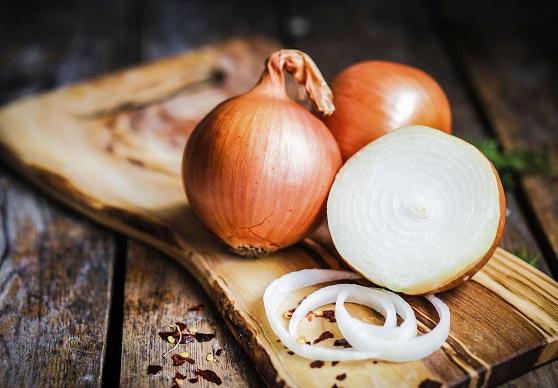
Yellow onions are the most common type found in kitchens worldwide. They have a pungent flavor when raw but turn mellow and sweet when cooked. Yellow onions are versatile and can be used in a wide range of dishes, from soups and stews to sautés and roasts.
Also Read: 12 Tomato Growth Stages Explored: (Complete Life Cycle)
2. White Onions
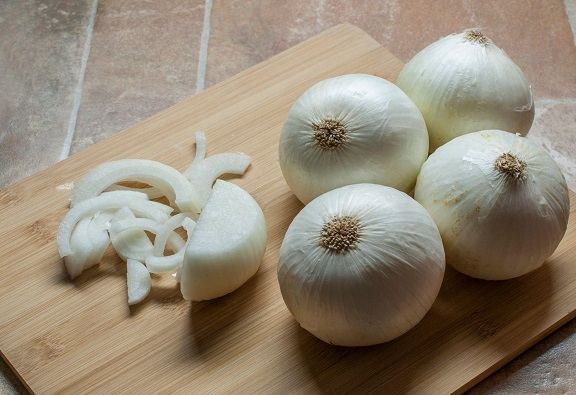
White onions have a mild and slightly sweet flavor. They have a crisp texture and are often used in Mexican cuisine, salsas, and salads. Their flavor is more subtle compared to yellow onions, making them a good choice for dishes where a milder taste is desired.
3. Red Onions
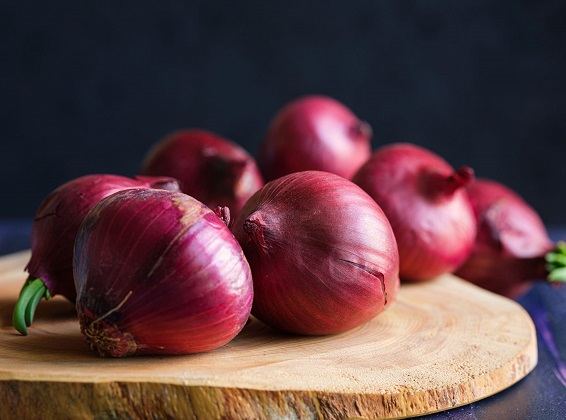
Red onions have a vibrant hue and a sweet, tangy flavor. They are commonly used in salads, sandwiches, and pickled preparations. Red onions add a pop of color to dishes and their mild spiciness enhances the overall flavor profile.
4. Shallots
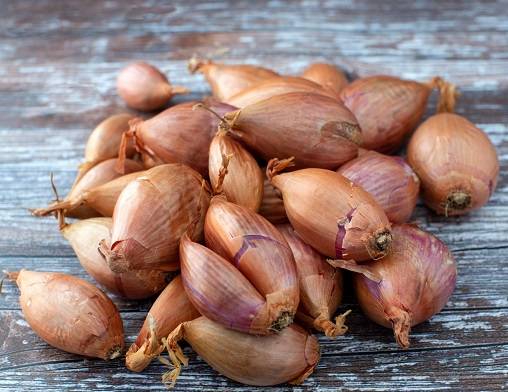
Shallots are smaller, elongated bulbs with a milder and sweeter taste compared to onions. They have a delicate flavor and are often used in gourmet cooking. Shallots are favored for their ability to add depth and complexity to sauces, dressings, and sautés.
5. Spring Onions
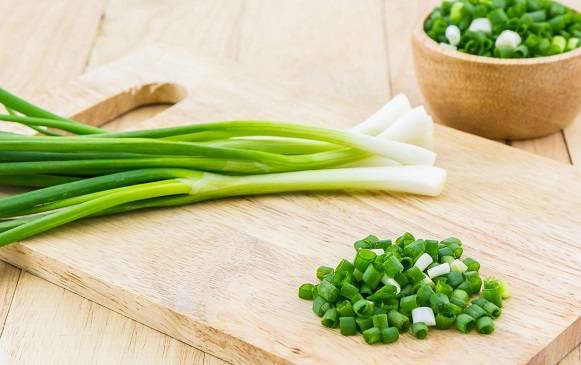
Spring onions, also known as scallions or green onions, are young onions harvested before they develop a bulb. They have a mild flavor and are often used raw in salads, garnishes, and as a topping for soups and stir-fries.
FAQs about Onion Growth
Do onions grow underground?
Yes, onions have an underground bulb from which the edible part of the plant emerges. However, the entire plant does not grow underground.
What type of soil do onions prefer?
Onions thrive in well-draining soil with a pH between 6 and 7. Sandy loam or loamy soil is ideal for onion cultivation.
How long does it take for onions to grow?
The time it takes for onions to grow depends on various factors, including the onion variety and growing conditions. On average, it takes about 90-120 days for onions to reach maturity.
Can onions be grown from seeds?
Yes, onions can be grown from seeds. Sowing seeds directly into the ground or starting them indoors in seed trays are common methods.
Can onions be grown in containers?
Yes, onions can be successfully grown in containers. Choose a deep container to accommodate the onion bulb’s growth, and ensure the container has adequate drainage.
What are some common pests and diseases that affect onions?
Onions are susceptible to pests such as onion flies, thrips, and onion maggots. Diseases like onion rot, downy mildew, and botrytis can also affect onion plants. Proper crop rotation, good sanitation practices, and using pest-resistant onion varieties can help mitigate these issues.
Conclusion
In conclusion, onions do grow underground, but the entire plant does not remain submerged in the soil. The onion bulb, which forms below the ground, is the edible part that we commonly use in cooking.
Understanding the stages of onion growth, the diverse range of onion varieties, and the best cultivation practices can help you appreciate the efforts that go into producing these flavorful vegetables. So the next time you chop an onion for your favorite recipe, remember the journey it took from seed to table.
Read more related articles:

